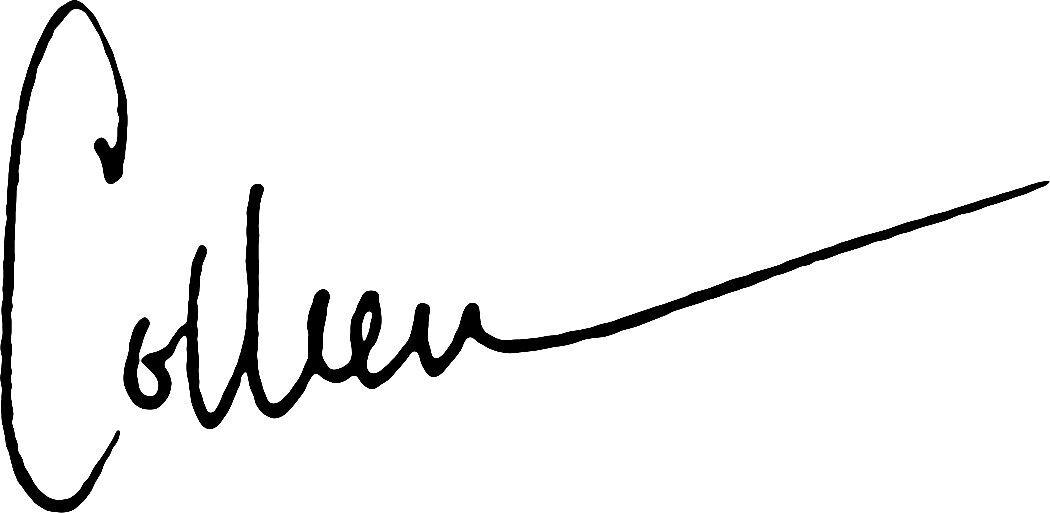The Embodied Knowing Model (EKM) explores the relationship between the body and the mind. It is not interested in high-minded discussions if they are separate or connected or getting to a ‘right’ understanding. From the perspective of the EKM, the body and mind are interconnected and such interconnection is constantly present in our lives should we choose to notice it. And should we choose to ignore it, still the connection holds.

Notice that Body, Sensation and Movement are all on the same line. They represent physical, biological processes. Mind, Perception and Meaning-Making are also on their own line representing thinking related processes.
Also notice that Body is over Mind. They are related but not the same. The physical leads the mental. Likewise, sensation is over perception. That are not the same. Sensation leads perception. Movement is over Meaning-Making. Movement leads Meaning-Making.
Why Use the EKM
In short, to become more embodied, meaning more connected to the messages your moving body offers your life. The EKM teaches us to pay attention to our bodies. The information of the moving body becomes a useful guide to navigating life. The EKM is a guide for working with the body-mind connection and movement as we step into to an increasingly embodied life.
How to Use the EKM
You can enter anywhere in Embodied Knowing Model and have a meaningful experience. Sometimes we move first, sometimes we begin with perception. Once your have entered you can navigate to and through the other options.
It is important to get to know each element of the EKM in its own right. Thus, sensation as its own entity. Perception as distinct from sensation. Meaning-making as a process of organizing sensation and perception leading to how you understand yourself and the world.
Movement is essential in the EKM, like a keystone that unlocks needed knowing. It is not enough to want something, nor is it enough to know it, we have to move it and we have to engage our bodies. Movement means action; it allows us to pay attention to ourselves and teaches us about going somewhere.
Say you are teaching a yoga class and want to offer the most robust experience to your students. You will likely want to make sure all aspects of the EKM are present, both individually attended to, and in relationship to other aspects. An example of this is encouraging students to find the space between sensation and perception and then eventually to explore the connection between them.
History or the EKM
I, Colleen Wahl, developed the first version of this model about 20 years ago as part of an undergraduate honors thesis. I developed this model to help me make sense out of the profound whole person shifts I increasingly encountered while engaging in mindful movement practices. I have since practiced and tested this model through my personal life and professional work, using it in my teaching and one-on-one sessions to support student awareness and profound growth. I am continually awed by the impact it has on all who encounter it.
Deeper Description of the EKM
This basic sketch of the EKM places Body over Mind on the left-most vertical axis – not as suggestion of hierarchy, but as a template of what leads our experience of life. The Body being material means it is the first contact and sets the patterns that becomes known in our consciousness. The Mind is more abstract than the Body, it is unseen to us and represents something in the background, but we know is there.
On the horizontal axis are rows of related processes. Notice Body is aligned with Sensation and Movement, and Mind is aligned with Perception and Meaning-Making. While Body represents the material, Sensation in the form of inner and outer information is like a fundamental bodily data, and Movement is a bodily process of going from one place to another. Mind being comprised of an inner awareness of self and world, Perception is the processes of the Mind based on the data of Sensation. Meanwhile, Meaning-Making represents the more active and conscious processes of relating what we perceive to how it matters in our lives.
As you look at this model, you likely notice that you can also move laterally, from left to right and also see the vertical relationships between Sensation and Perception, as well as infer an interconnectedness between Movement and Meaning-Making.
